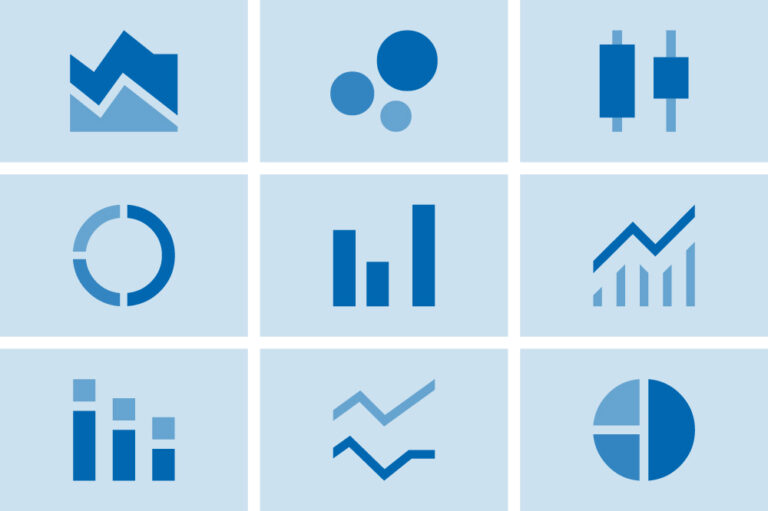The U.S. healthcare system is the most expensive in the world, but we don’t get what we pay for. Lowering healthcare costs while improving outcomes is at the heart of building a better future for our nation. We spend twice as much on healthcare as other wealthy nations, yet our health outcomes are generally not any better — and in many cases worse.
The United States spends 18 percent of gross domestic product (GDP) on healthcare, and a quarter of all healthcare spending goes to unnecessary and wasteful services. What’s worse, healthcare spending is projected to keep rising — faster than inflation, wages, and the overall economy.
Not only does the system result in health outcomes that are generally no better than in other countries, but its inefficiency also creates enormous challenges for the U.S. economy and federal government. Furthermore, the rise in healthcare costs has consequences for the nation’s fiscal outlook, as the amount and share paid by the federal government has been rising over the past several decades. The portion of healthcare spending funded by the federal government has grown from 28 percent of total healthcare costs in 1973, to 47 percent in 2023.
Policy Options
As government, business, and consumer healthcare costs continue to rise, policymakers should pursue meaningful reforms that promote competition; slow spending to more sustainable levels; and provide consumers with effective, affordable care. Options include policies that modernize the structure of healthcare programs, reduce spending, and raise new revenues.
Modernize the Structure of Healthcare Programs
The following range of options would help redesign public and private healthcare programs to promote efficiency, stimulate price competition, and increase value for consumers:
- Continue to evolve Medicare and Medicaid payment policy away from fee-for-service and toward incentivizing providers to keep people healthy and out of expensive, intensive care settings like hospitals and nursing homes unless necessary.
- Bring transparency to healthcare prices, utilization and clinical data to unlock better policymaking and private market competition.
- Reduce administrative expenses by simplifying healthcare quality reporting and streamlining utilization management.
- Combine Medicare’s Part A hospital care program with Part B ambulatory services, implement an annual cost-sharing cap, a single deductible and simplified co-pay schedule.
- Change how Medicare and Medicare Advantage benefits (known as Part C) are structured to encourage greater head-to-head competition between Medicare Advantage plans and a modernized traditional Medicare program.
- Reform coverage for low-income individuals who need long-term and high-cost care and are eligible for Medicare and Medicaid (known as "dual eligibles").
- Evolve commercial insurance market rules to encourage the creation of novel benefit designs that fuel competition and empower patient consumerism.
- Modify FDA approval processes and patent laws to encourage greater generic drug and biosimilar competition.
- Encourage digital health innovation that spurs competition and reduces costs.
Reduce Healthcare Spending
Policymakers also have a range of options to reduce spending via either reductions in payment, changes to eligibility, or advances in competition.
Options to consider include:
- Reduce federal payments to hospitals, post-acute care providers, doctors, and health plans.
- Expand Medicare’s negotiation authority for pharmaceuticals and extend to medical devices.
- Increase the Medicare eligibility age.
- Increase Medicare premiums or increase taxes on Medicare benefits on a means-adjusted basis, which would reduce the level of financial assistance provided to higher income beneficiaries.
- Convert Medicare into a premium support model, where the federal government provides an annual financial contribution to beneficiaries to buy a Medicare plan — either Medicare Advantage or traditional Medicare.
- Impose caps on spending for Medicaid, convert Medicaid into state block grants, or remove the 50% floor for federal matching dollars in Medicaid.
- Limit or reduce the ACA Marketplace subsidies for health insurance.
Raise Healthcare-Related Revenue by Reforming the Tax Code
There are also many tax reform options that would raise new revenue to improve Medicare solvency as well as the sustainability of our overall healthcare system.
Options to consider include:
- Increase Medicare Hospital Insurance (HI) Part A payroll tax for all, or on a means-adjusted basis.
- Increase the Net Investment Income Tax (NIIT) and expand the NIIT to apply to additional types of income.
- Reform the Medicare Self-Employed Contributions Act (SECA) to apply to additional types of income.
- Reduce the value of the tax exclusion on employer-sponsored insurance.
Additional Healthcare Resources:
- Congressional Budget Office, Options Related to Health
- American Enterprise Institute, Reforms to Make All of Medicare Financially Sound
- Manhattan Institute, Fix Social Security and Medicare to Protect Other Priorities
- Center for American Progress, How States Can Build on the ACA to Improve Affordability and Lower Health Care Costs
- Committee for a Responsible Federal Budget, Health Savers Initiative
- Center on Health Insurance Reforms, The Erosion of Employer-Sponsored Health Insurance and Potential Policy Responses


